HZB Science Photowalk – Lutz Bassin’s vacuum chamber photograph submission is the winning entry
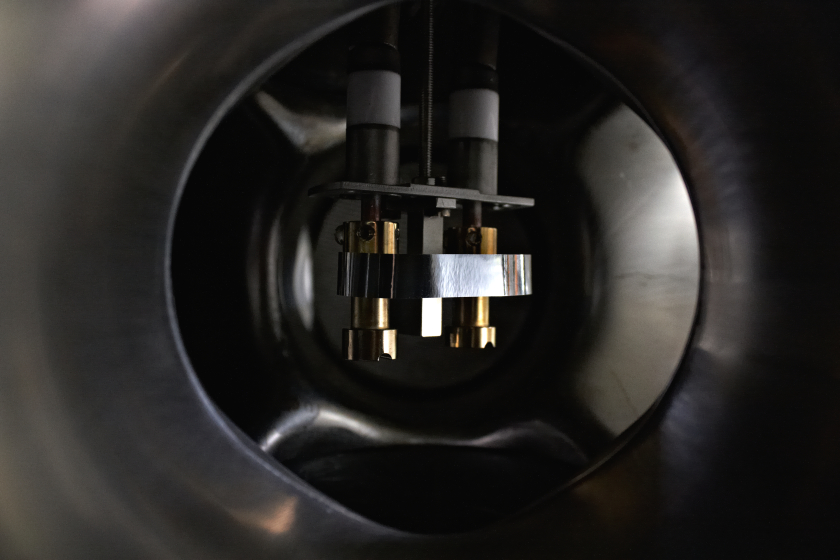
1st Place Science Photo Walk
Photo: Lutz Bassin
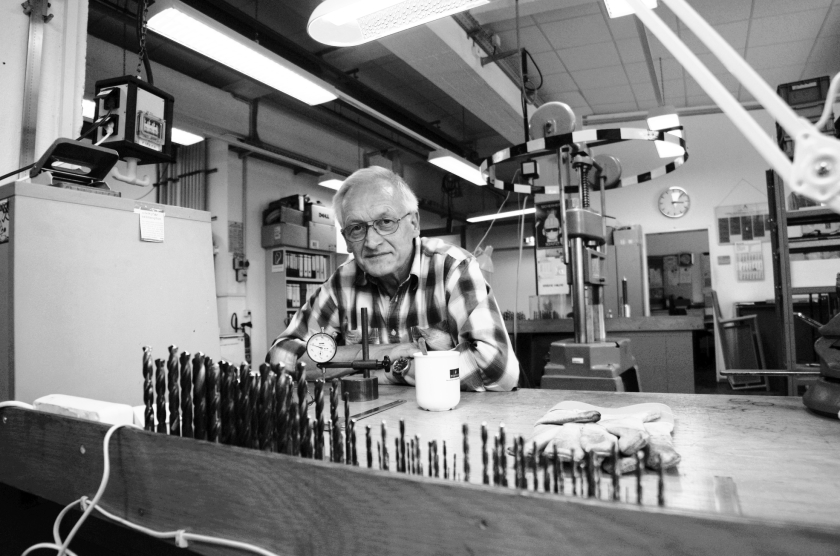
Special Prize Best Portrait
Photo: Cristian Grozea
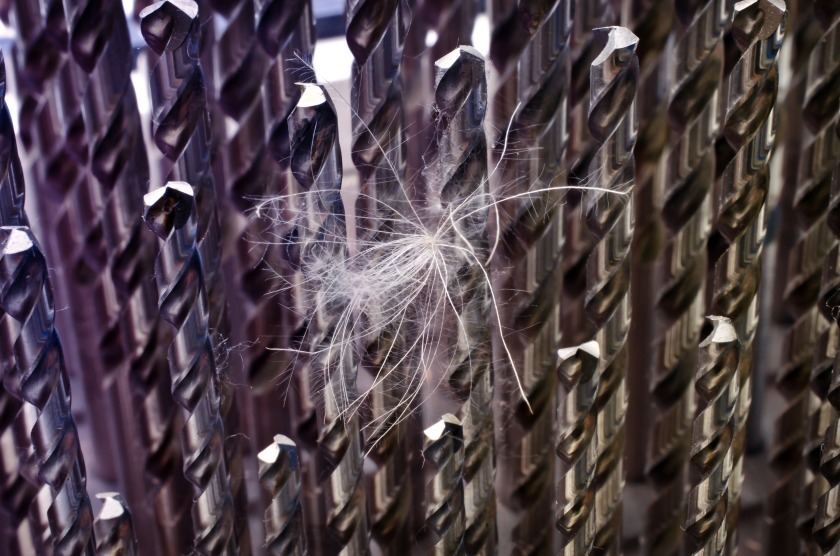
Winner Audience Awards
Photo: Uwe Müller
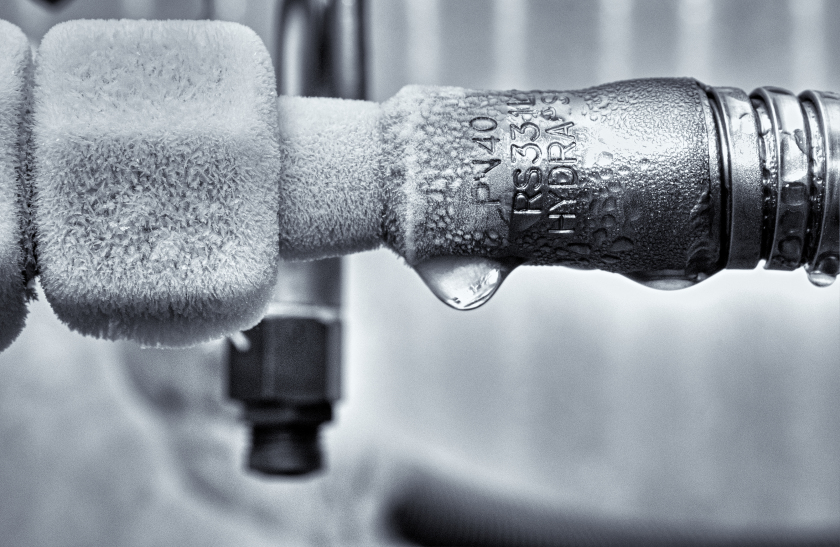
Winner Audience Awards
Photo: Wolfgang Baier
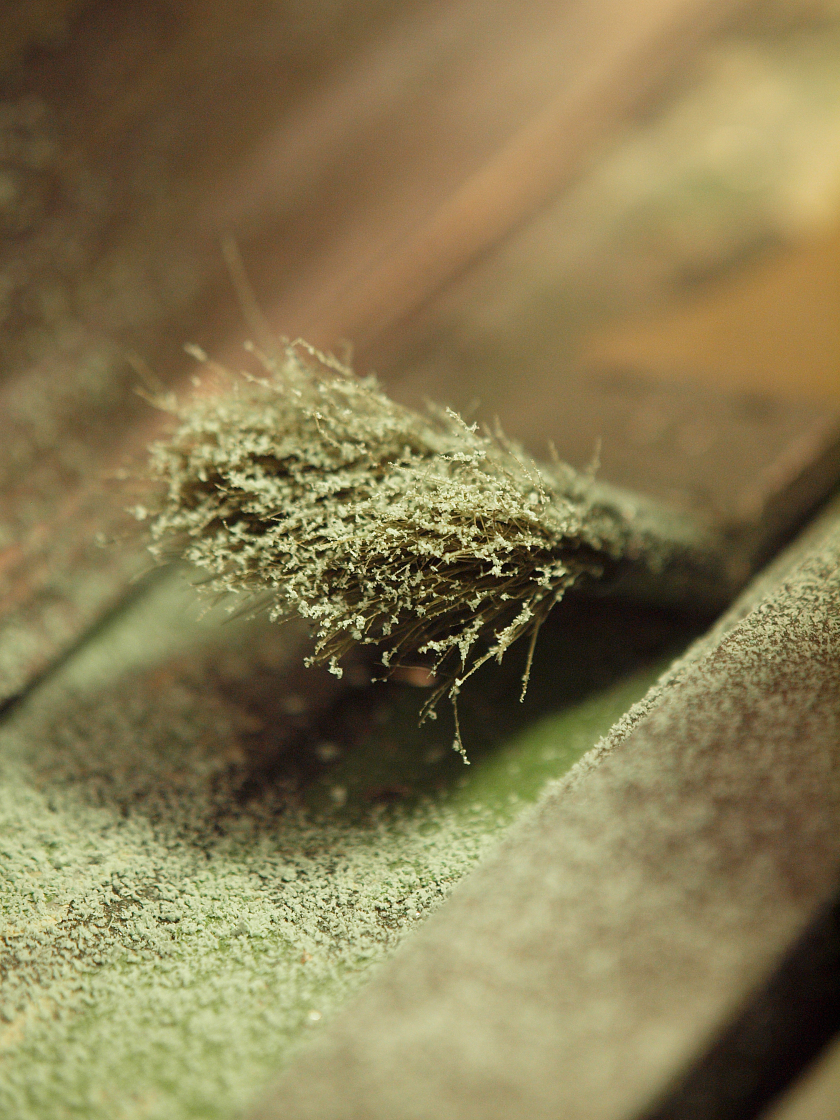
3rd Place Audience Award
Photo: René Arlt
In August 2012, for the first time ever, the Helmholtz Centre Berlin took a group of hobby photographers on a photographic tour of the Centre’s labs and synchrotron radiation source. Nearly 400 submissions by 40 photographers were entered into the competition. From these, the jury has now selected their top ten photographs.
All HZB employees were invited to take a vote on which picture was their personal favorite. The three audience awards went to Wolfgang Baier and Uwe Müller (a tie for first place) and René Arlt (who came in third).
Ina Helms, head of communications at HZB, considered the event a huge success: “It was a lot of fun touring the Centre with the hobby photographers and getting to talk to them. The quality of all submitted photographs is just mind-boggling. The photographs showed us our all-too-familiar research facilities from many new and interesting angles.”
The winning entries will be exhibited along with 20 other photographs, which were selected by the jury. Starting in January, the exhibit in the BESSY II office building will be open to the general public. At that time, we will lift the veil on which of the many wonderful photos ended up in the science photowalk’s top 20. Mark your calendars now for opening day, January 18, 2013.
Science photowalk jurors included Michael Setzpfandt (professional photographer), Anika Müller-Nähte (Schleuse01 graphics agency), as well as two HZB employees, Dr. Thomas Gutberlet, Head of User Services at HZB and Ulrich Ewald, Head of Administration.
SZ
https://www.helmholtz-berlin.de/pubbin/news_seite?nid=13607;sprache=en
- Copy link
-
Ernst Eckhard Koch Prize and Innovation Award on Synchrotron Radiation 2025
At the 27th BESSY@HZB User Meeting, the Friends of HZB honoured the dissertation of Dr Enggar Pramanto Wibowo (Friedrich-Alexander University Erlangen-Nuremberg). The Innovation Award on Synchrotron Radiation 2025 went to Prof. Tim Salditt (Georg-August-University Göttingen) and Professors Danny D. Jonigk and Maximilian Ackermann (both, University Hospital of RWTH Aachen University).
-
Synchrotron radiation sources: toolboxes for quantum technologies
Synchrotron radiation sources generate highly brilliant light pulses, ranging from infrared to hard X-rays, which can be used to gain deep insights into complex materials. An international team has now published an overview on synchrotron methods for the further development of quantum materials and technologies in the journal Advanced Functional Materials: Using concrete examples, they show how these unique tools can help to unlock the potential of quantum technologies such as quantum computing, overcome production barriers and pave the way for future breakthroughs.
-
MAX IV and BESSY II initiate new collaboration to advance materials science
Swedish national synchrotron laboratory MAX IV and Helmholtz-Zentrum Berlin (HZB) with BESSY II light source jointly announce the signing of a 5-year Cooperation Agreement. The new agreement establishes a framework to strengthen cooperation for operational and technological development in the highlighted fields of accelerator research and development, beamlines and optics, endstations and sample environments as well as digitalisation and data science.
